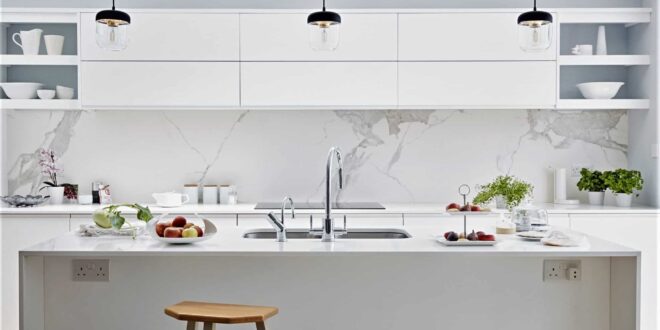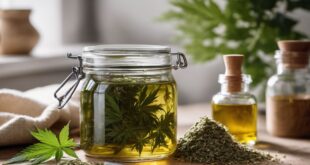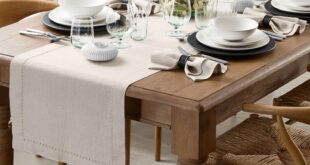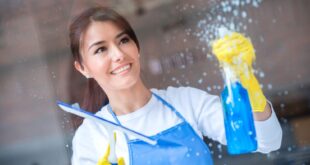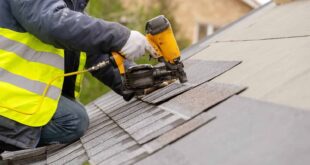First, it is important to understand what kitchen splashbacks are made of. They are typically made from either glass or ceramic tiles. Both materials are very durable and easy to clean, but they do require different care to keep them looking their best.
Maintaining your kitchen splashbacks is a relatively easy task, but it is important to do it regularly to keep them looking their best. In this article, we will outline the steps you need to take to clean and protect your splashbacks from damage.
Glass splashbacks are the easiest to maintain. All you need to do is wipe them down with a damp cloth regularly. You can use mild soap if needed, but be sure to rinse the soap off completely so that it does not leave any streaks behind.
Ceramic tile splashbacks are slightly more difficult to clean than glass but can be cleaned the same way. Just be sure to use a non-abrasive cleaner so you don’t damage the tiles. You can also buy special cleaners made specifically for ceramic tile splashbacks.
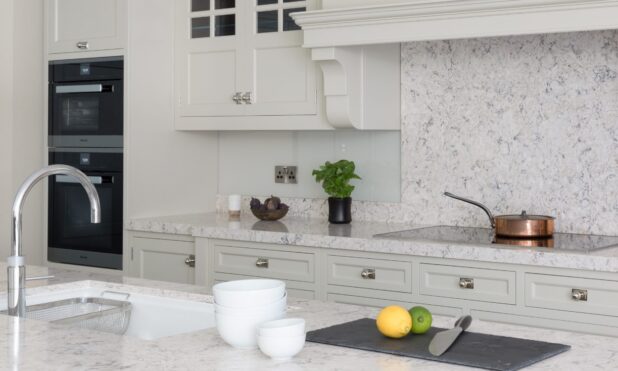
Once you have cleaned your splashbacks, it is important to protect them from future damage. The best way to do this is to apply a sealant. There are many different types of sealants available on the market, but you should choose one specifically designed for kitchen splashbacks. This will help to create a barrier between the tiles and any spills or splashes that may occur.
Applying a sealant is an easy process, but it is important to follow the directions carefully so you don’t damage the tiles. Once the sealant has been applied, you will need to wait for it to dry completely before you can use your splashbacks again.
How Can I Prevent Kitchen Splashbacks From Getting Dirty?
The best way to prevent kitchen splashbacks from getting dirty is to clean them regularly. Wipe up spills as soon as they happen, and use a mild cleaning solution (like dish soap and water) to clean the splashback surface at least once a week. For tougher stains, use a stronger cleaner (like white vinegar or baking soda), but rinse the area well afterward.
In addition to regular cleaning, you can also protect your splashback by using a clear sealant or coating. This will create a barrier between the splashback and any dirt, grease, or food that may come into contact with it. Be sure to follow the instructions carefully when applying any sealant or coating, and reapply as needed to maintain the protection.
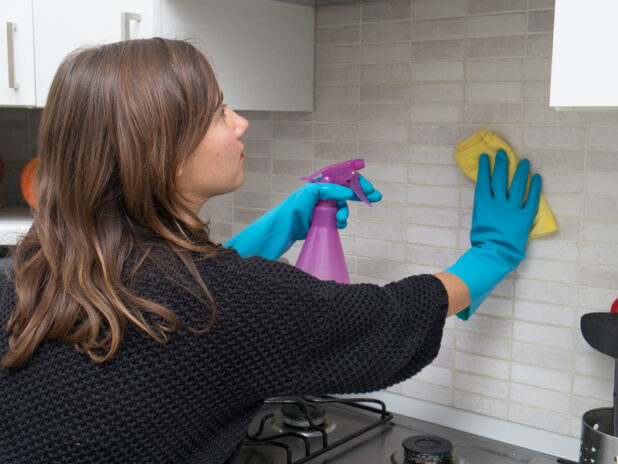
What are the Most Common Mistakes People Make When Cleaning Kitchen Splashbacks?
The most common mistake people make when cleaning kitchen splashbacks is not using the proper cleaners or methods. Splashbacks are an important part of the kitchen and need to be kept clean to avoid food contamination and bacteria growth. Here are some tips on how to clean your kitchen splashbacks correctly
- Use warm water and dish soap to remove any grease or food residue. Be sure to rinse the area well afterward.
- For tougher stains, you can use a diluted vinegar solution or a commercial glass cleaner. Apply the cleaner with a soft cloth and scrub in a circular motion until the stain is removed. Rinse well with warm water afterward.
- Avoid using harsh chemicals or abrasive materials on your splashbacks as this can damage the surface.
- Regular cleaning will help to keep your splashbacks looking new and prolong their lifespan. Schedule a time each week to clean the area and maintain it properly.
By following these simple steps, you can keep your kitchen splashbacks looking new for years to come.
 World Magazine 2024
World Magazine 2024
